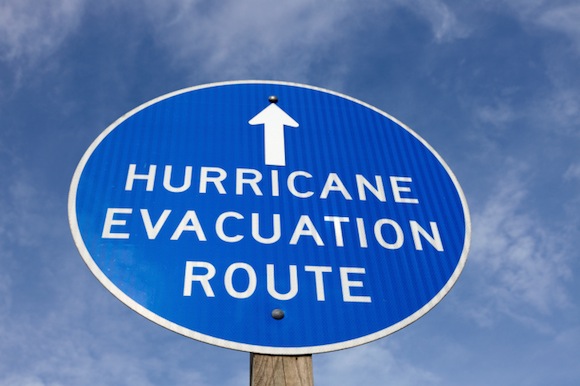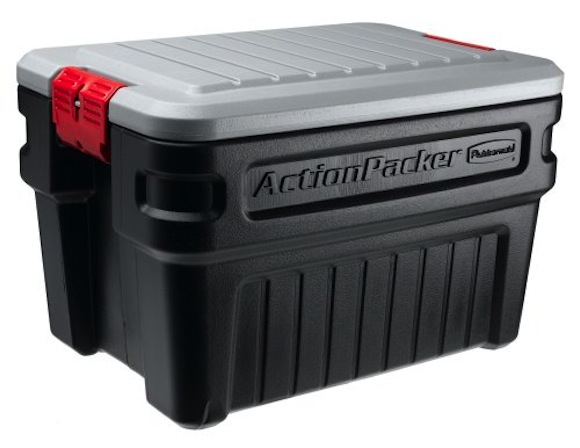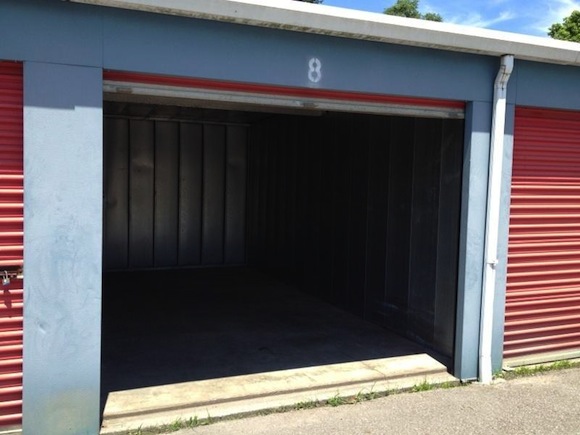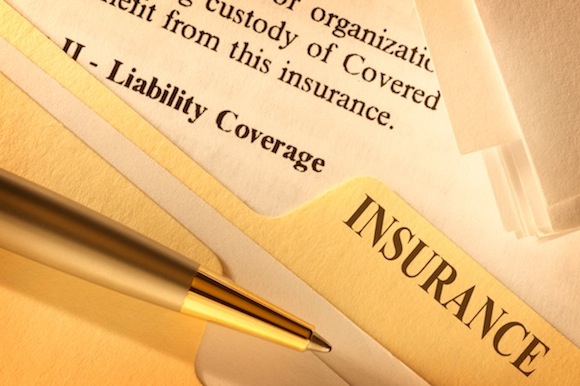Every year, the Atlantic hurricane season in the U.S. runs from June 1 through Nov. 30. And during every hurricane season, people who live in hurricane-prone places like Florida and Louisiana worry about how to keep their belongings safe. By taking the following precautions, you can help ensure your possessions are protected if you live in a hurricane zone.
Safe or Sorry
Evaluate items in your household you can’t afford to lose in the event of storm damage. Are they irreplaceable? Do they carry monetary or sentimental meaning? Take special care when assessing any fragile or antique items, heirlooms or family photos that can easily be damaged if they’re unprotected. Keeping them stored in your own home is possible after taking the correct measures.
“It’s important to think about the damage from water and the damage from wind,” says Robin Ersing, a University of South Florida professor specializing in disaster preparedness. “Anything that’s going to be damaged by floodwaters or rising waters should be in some watertight containers.”
Keep copies of important documents in sealable, zip-locked, waterproof bags, and then place those in airtight, watertight containers, Ersing said. If you’re storing them in a basement, attic or garage, make sure they’ve been secured to the ground.
You should keep important documents in a watertight container like this one.
“Anything you have in your shed that’s not bolted down has the potential to be a projectile,” she said. “So when that storm comes through, it can lift up the bird bath, the lawn chair, the trash can.”
Make sure garage and double doors are reinforced, and shutters are strengthened, to ward off wind and rain, said Rob Shelt, assistant manager of emergency management for Palm Beach County, FL.
“For any structure in a hurricane, what needs to be secured is the openings,” Shelt advised.
Shelter From the Storm
Depending on your home and the area you live, your property may be better protected by going the self-storage route. Choose your facility wisely; most are equipped to handle the force of a major storm.
“Many self-storage facilities in hurricane-prone areas make special preparations for tropical storms and hurricanes,” said Holly Robinson, a representative for Extra Space Storage, “including having backup generators on site, hurricane-impact windows and covered loading docks.”
Safeguard Self Storage, which is in the heart of New Orleans, is one of those facilities. Although it was strong enough to weather Hurricane Katrina, tenants are encouraged to take extra steps to protect they’re belongings.
Make sure your storage unit can withstand hurricane-force wind and rain.
“We always tell customers to cover their items in plastic, particularly those on the top floor, to prevent against roof leaks,” says Rusty Bonin, assistant manager of Safeguard Self Storage.
Use your best judgment when choosing a facility. Look at its policies and prices, and consult a flood-zone map to see where the property is situated. Top-notch storage facilities often are built to withstand a Category 5 hurricane. If you’re using storage at a multilevel facility, try to rent a unit on one of the middle floors. Top-floor units can be susceptible to rain damage, and bottom-level units can be susceptible to flooding.
“When people are looking for storage facilities, it’s important to check out the vulnerability of the facility itself,” said Lynne McChristian, Florida representative for the Insurance Information Institute. “You need to make sure the storage facility is in a different risk level.”
Assurance Through Insurance
McChristian advises people to protect their belongings not just physically, but financially. “The first thing to think about is if an item is important enough to store, it’s important enough to insure,” she said.
“The same cautions you should take to protect your items in your home, the same diligence you should take for your storage facility,” McChristian added. “Maybe more so, because you’re not physically present, and you want to protect what you’re investing in.”
Check your homeowner’s or renter’s insurance policy to see how much coverage it provides. Many policies offer protection for items stored away from home, but that coverage may be limited to just 10 percent of an item’s value, McChristian said.
Check your homeowner’s or renter’s policy for coverage of stored items.
Also, investigate whether your storage facility offers its own insurance coverage. “The person who owns that storage facility is typically insured for the building itself, but not necessarily for your stuff,” McChristian said.
In many cases, you can buy what’s known as tenant insurance from your storage facility. At Safeguard in New Orleans, for example, a tenant can obtain $2,000 worth of coverage for $9 a month; $3,000 for $13 a month; and a $5,000 for $21 a month.
“If any customer wants more coverage, they have to fill out a special form that itemizes the contents of the unit,” Bonin said. The facility then arranges for its insurance underwriter to assess and valuate your stored belongings.
Although tenant insurance isn’t required by every storage facility, it is highly recommended. After all, you don’t want to be stuck paying to fix or replace uninsured items that have been damaged or destroyed in a hurricane.
“Can you worry about everything? Can you plan for everything? You can sure try,” McChristian said.






